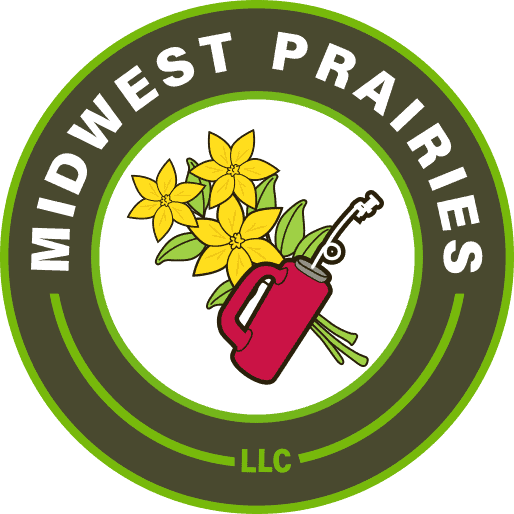Wetland Restoration
Wetland Restoration
Wetlands are among the most biologically diverse ecosystems on earth
They support a wide variety of plant and animal species. They provide critical habitats for numerous species, including migratory birds, amphibians, fish, and insects. By restoring wetlands, we can help conserve and protect these species and maintain biodiversity.
Where once there were marshes and swamps, there are now streets, parking lots, farm fields and ditches. When rain falls on farmland, it moves quickly from field to ditch, from ditch to creek, from creek to river. When it falls on a paved surface, a pipe quickly takes it to the nearest stream. Today’s rivers run dark with silt and green with algae from excess nutrients. Moreover, they carry a far higher volume of water and flood much more readily than in earlier times.
Wetland restoration can be a complicated process. The most critical variables are hydrology and invasive species. Careful attention to these issues is absolutely critical. If hydrology is problematic, the input of a civil engineer is required.
One of the greatest things about wetland restoration is how quickly wildlife responds. Usually, even within the first season frogs will breed and birds will nest.
Reed canary grass is the most pernicious invasive species and is frankly very difficult to control once established. For existing natural areas infested with RCG, a regimen of carefully formulated and timed herbicide applications along with carefully timed prescribed burning is required.
If a site has appropriate hydrology and is not overwhelmed by invasive species, the process becomes relatively straight forward. For certain wetlands that are not consistently inundated, such as wet prairies and sedge meadows, seeding is very effective. For emergent and marsh areas that are consistently inundated, live plants must be installed and protected from geese and possibly muskrats. However, once these plants become established, they will spread rapidly.

